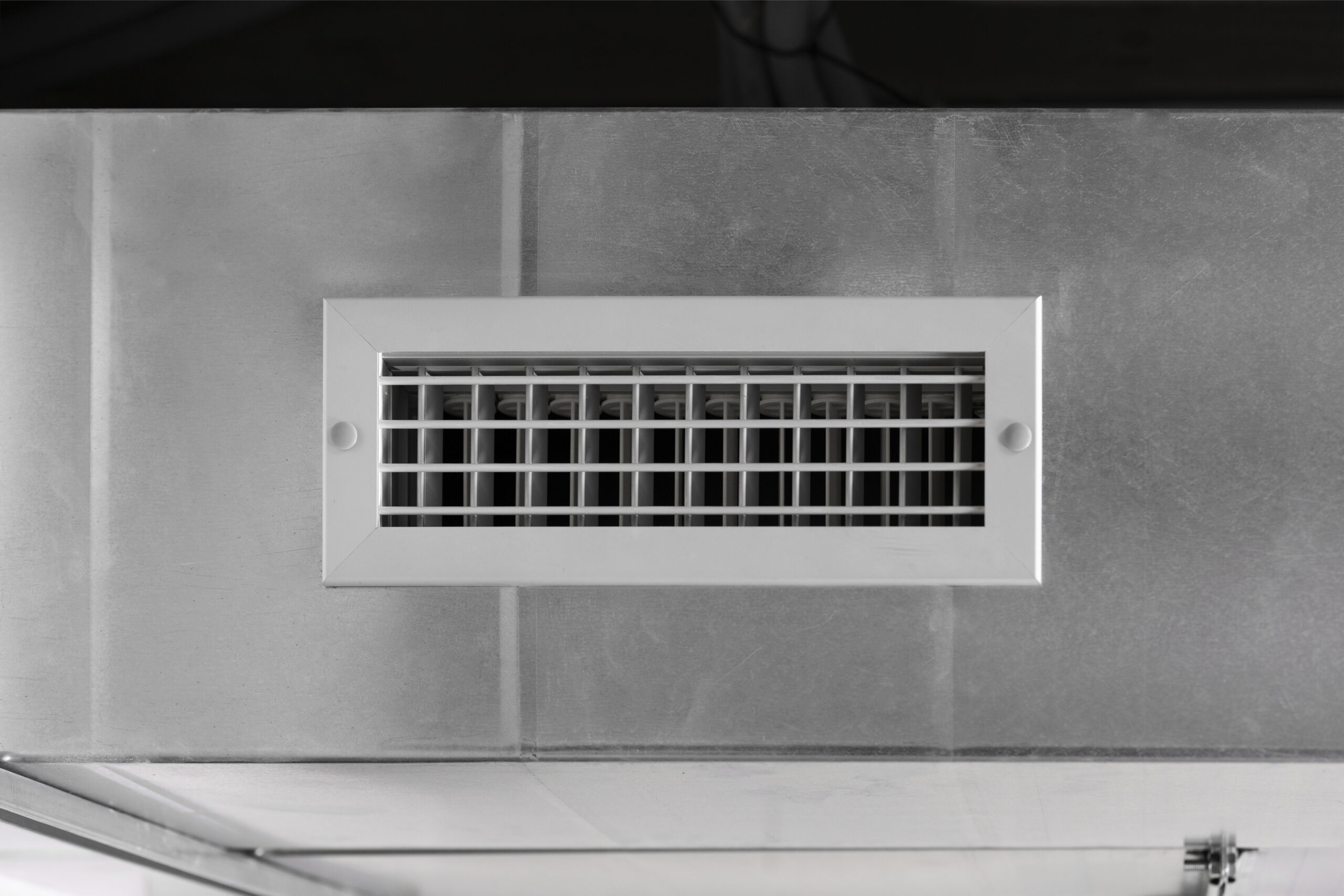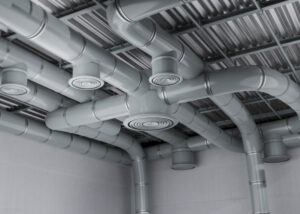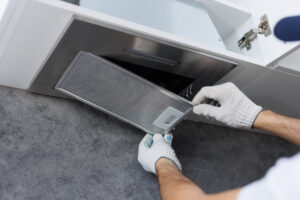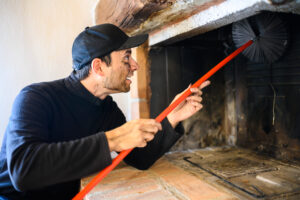It’s important for your home’s efficiency and safety to have a functioning dryer vent, not merely to comply with regulations. The purpose of building rules pertaining to dryer vents is to reduce the possibility of fire and enhance the efficiency of your appliance. We’ll discuss the definition of a code-compliant dryer vent in this blog post, along with the important rules you need to know.
Why Compliance Matters
Dryer vents that fail to comply with building codes can lead to dangerous conditions. Poorly installed or maintained dryer vents are a common cause of house fires. They can also lead to moisture issues, which can damage your home and lead to mold growth. Understanding and adhering to building regulations helps ensure that your dryer operates safely and efficiently.
Key Building Code Requirements
Material: Dryer vent construction is usually mandated by building rules to use firm metal ducts rather than flexible plastic or foil, which can droop and are more prone to lint accumulation and eventual fires.
Size and Length: Generally speaking, dryer vents shouldn’t be longer than 25 feet. This guarantees unrestricted airflow, which lessens lint accumulation and the workload of the dryer. Remember that this maximum length is lowered by five feet for each ninety-degree curve in the vent.
Duct Venting: The vent should lead outdoors directly. Indoor venting kits are not recommended and often against code because they release moisture and lint into the home.
Termination Point:The vent should end outside of the house and be covered to keep animals out and shield it from weather-related obstructions. There should be no screen on the cover since lint can clog it.
Accessibility for Cleaning: It is important to build vents so that maintenance and cleaning may be done with ease. As a significant fire hazard, lint accumulation must be removed by routine cleaning.
Compliance Verification
To ensure your dryer vent is up to code, consider the following steps:
Review Local Codes: Building codes can vary by location. Check with your local building department to understand the specific requirements for your area.
Professional Inspection: If you’re unsure about the compliance of your existing setup, hiring a professional to inspect your dryer vent can be a wise decision. This is especially crucial if you live in an older home that might not have been subject to current regulations when the dryer vent was installed.
Regular Maintenance: Even if your dryer vent was properly installed, regular maintenance is key to maintaining compliance. Over time, vents can become detached or clogged, which could put your home at risk.
What to Do if Your Vent is Not Up to Code
You should take quick action if you find that your dryer vent violates any local construction codes. This could entail changing out non-compliant components, rerouting the vent to shorten its length, or adding a new external vent cover, depending on the particular problem.
Conclusion
Making sure your dryer vent is in compliance with code is a crucial but often neglected home maintenance task. You may boost your dryer’s efficiency and drastically lower your danger of fire and other hazards by being aware of and following certain construction requirements. The best methods to guarantee that your dryer vent stays secure and functional year after year are to do routine inspections and maintenance.





